What is Plantar Fasciitis?
Plantar fasciitis is a degenerative condition of the plantar fascia, a thick band of collagenous fibers that connects the heel bone to the toes (See Figure 1).
The plantar fascia plays an important role in the normal biomechanics of the foot, providing arch support and shock absorption.

Plantar fasciitis heel pain is very common in the US with millions experiencing heel pain every year. The cause of plantar fasciitis is most often due to overuse stress. Plantar fasciitis pain is not easily treated with conventional methods, including surgery, and patient dissatisfaction is high.
Regenerative Medicine offers an alternative to conventional treatments, whereby the body is stimulated to heal itself without the side effects of steroids or the complications of surgery.
Figure 1: Depiction of pain resulting from damage to the plantar fascia. The plantar fascia provide support to the foot by connecting the heel to the toes. Heel pain is a major symptom of plantar fasciitis limiting mobility in some cases.
Causes, Signs And Symptoms
Plantar fasciitis is commonly experienced as a sharp pain at the heel. Many patients also have heel spurs that contribute to their pain.
Other common symptoms include:- Pain that increases after exercise
- Chronic pain
- Swelling in the heel
- Pain traveling toward the toes
- Pain involving the arch of the foot
- Pain in the morning when you first get up or after inactivity
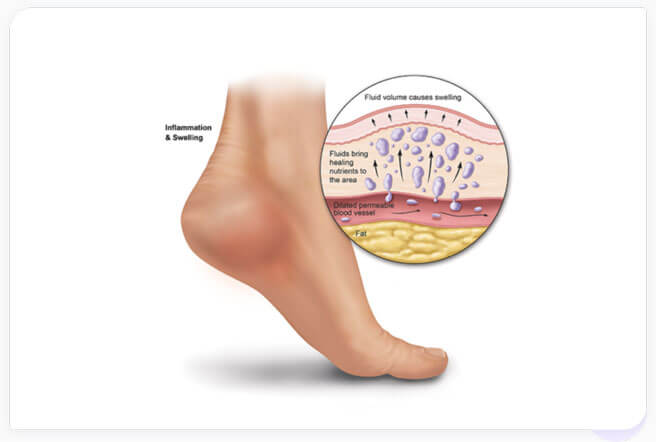

Plantar fasciitis is primarily an overuse or repetitive motion condition where the strain results in micro-tears of the fascia.
Other causes and risk factors include:- Trauma
- Foot structure abnormalities: flat feet (pes planus), high arches (pes cavus), and limited or excessive ankle mobility
- Obesity
- Aging
- Occupations requiring prolonged standing
- Running, jumping, dancing (e.g., ballet)
- Sex. Women are at higher risk.
- Wear high heels or shoes without arch support
Our specialists diagnosis Plantar Fasciitis by using a multipronged approach:
- Medical History: Our doctors will ask you about the nature of your foot pain (e.g., when and under what conditions you experience foot pain). They will ask about prior surgeries, accidents, and trauma to the foot, ankle, and leg.
- Physical Exam: The doctor will examine the range of motion of the foot, look for swelling and muscle/tendon tightness.
- Imaging with X-Rays or MRI: X-rays and magnetic resonance imaging (MRIs) are both used to determine if there are other causes of your foot pain including fractures, heel spurs, loss of fatty pad tissue under the heel etc.

Treatment Options
The StemX clinic offers a range of customized Regenerative Medicine solutions for Plantar Fasciitis treatment.
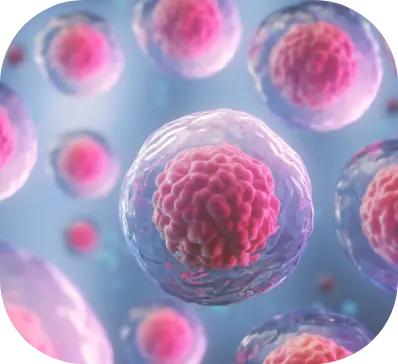

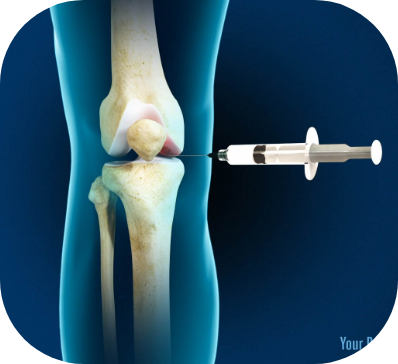
The StemX Approach
StemX is California's leading provider of holistic and regenerative medicine services. Our experts don't just offer popular treatments, but customized medical solutions based on individual needs.
Located in Solana Beach, California, the StemX clinic is composed of a team of expert doctors with years of experience administering regenerative medicine treatments for joint disease. Our team has:
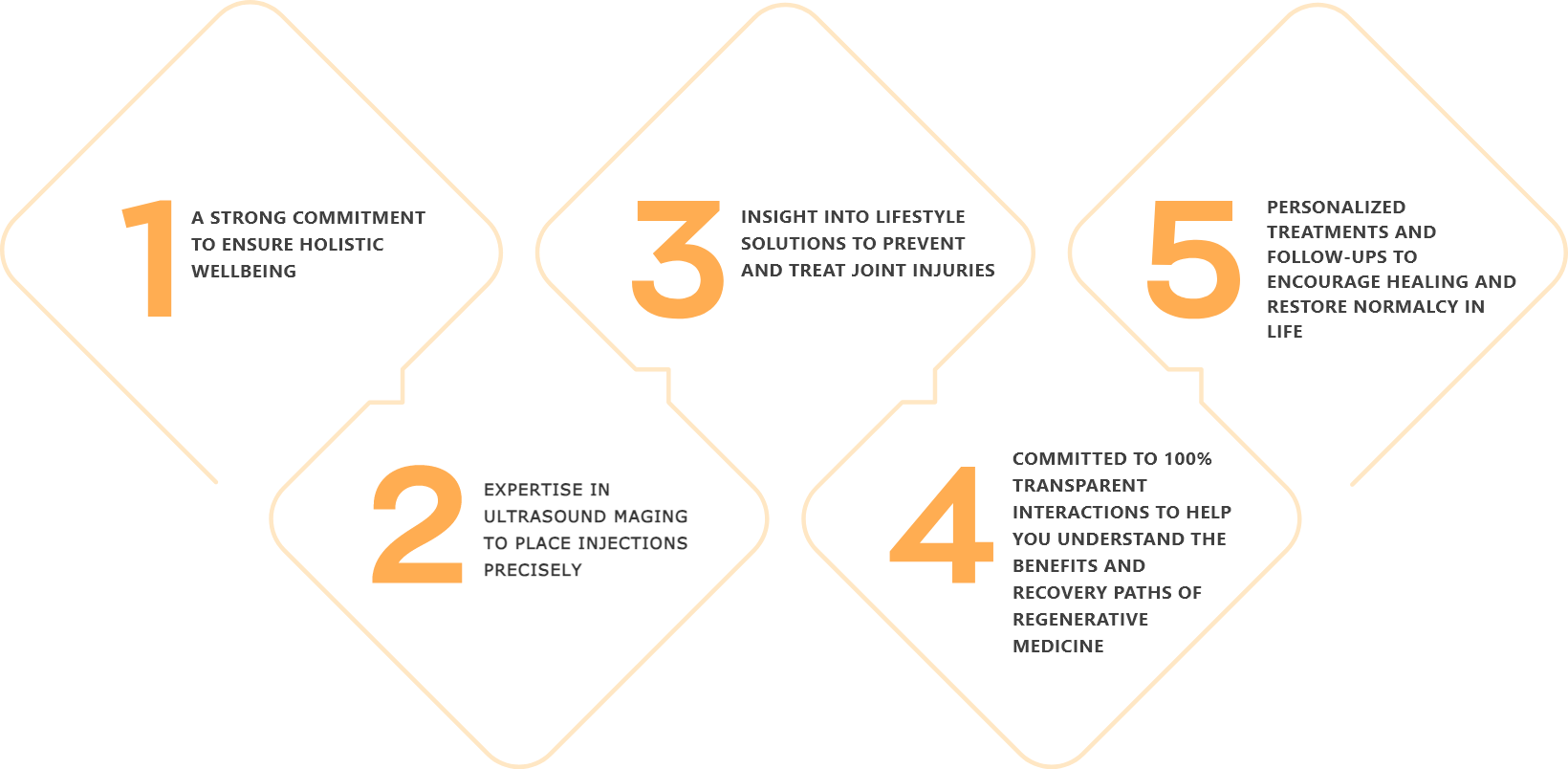

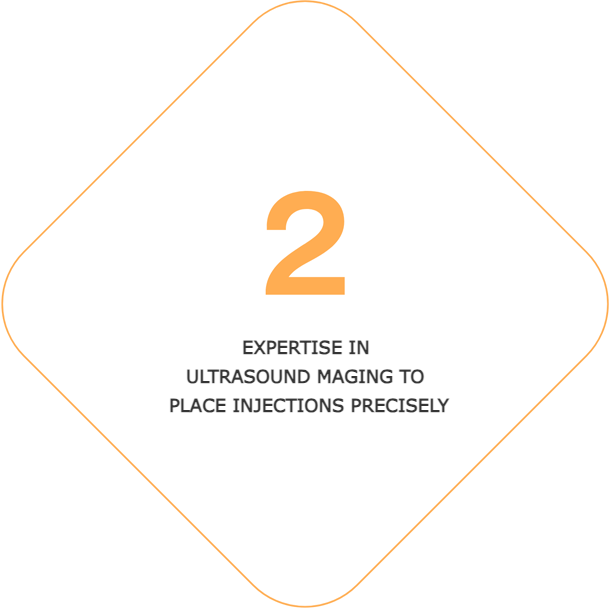
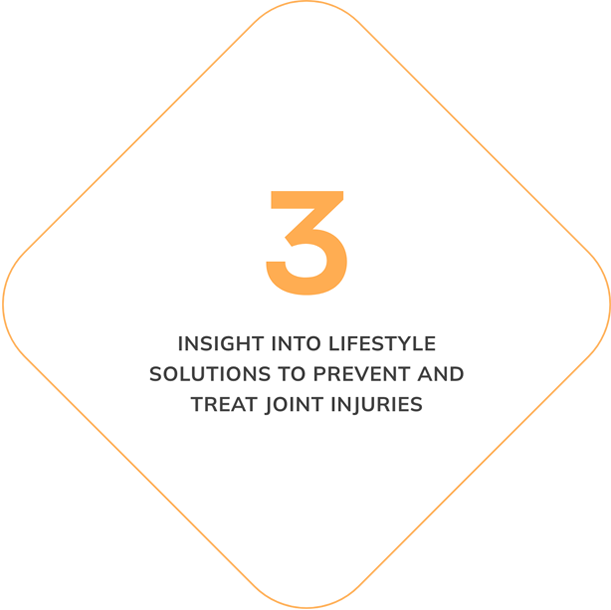
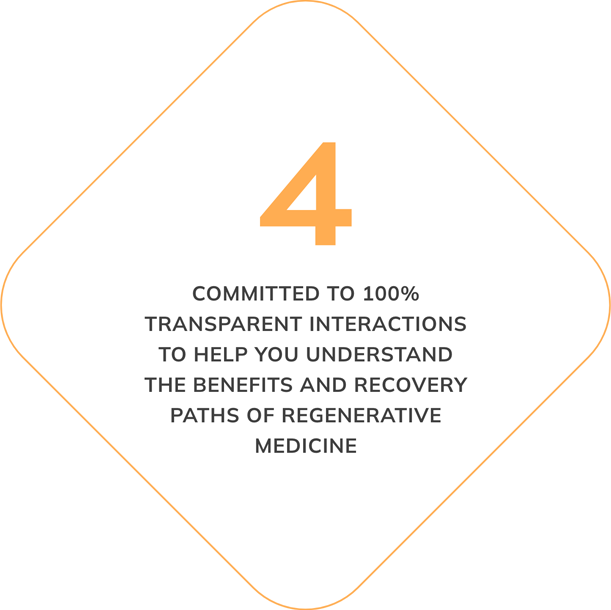
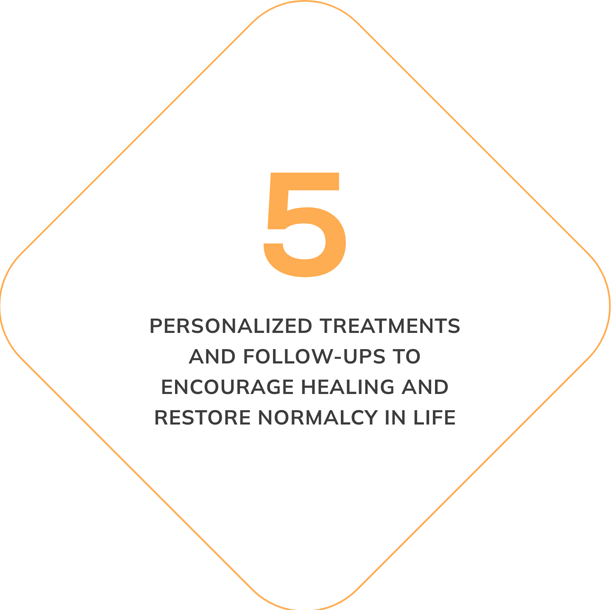
How To Get Started




Treatment Procedure
While each treatment may be customized, you can expect your experience to be similar to the following:
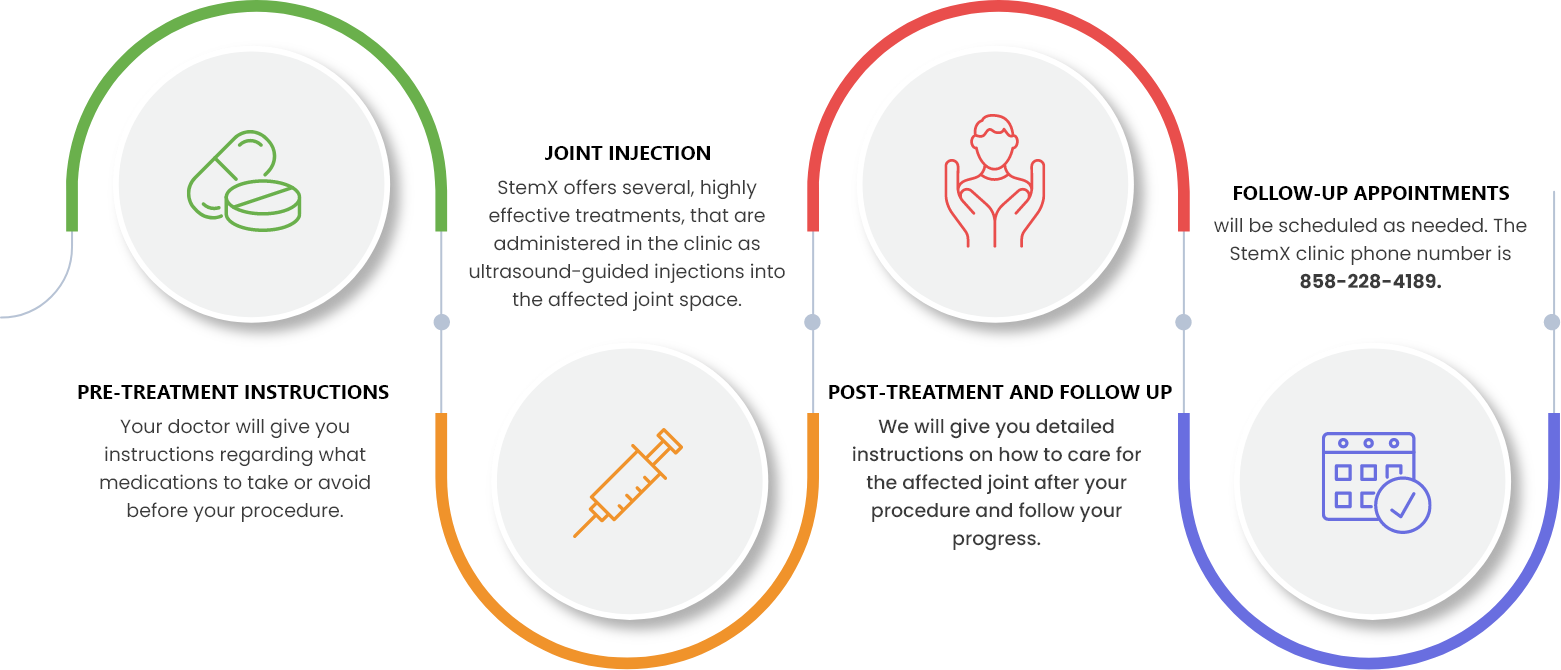

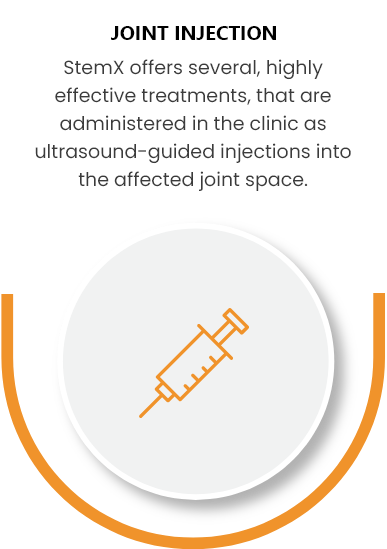
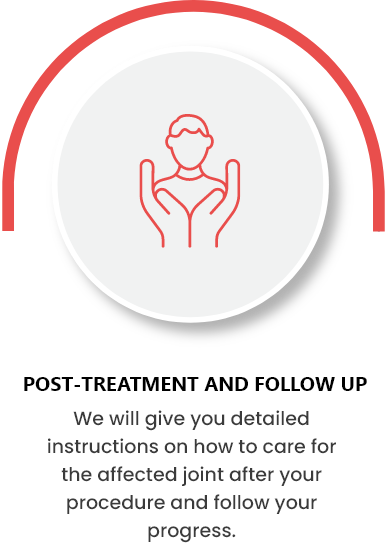

All procedures are conducted in our Solana Beach, California clinic. 124 Lomas Santa Fe Dr #206, Solana Beach, CA 92075.
Frequently Asked Questions
Stretching and physical therapy should accompany any treatment. Regenerative medicine therapies can help alleviate pain and stimulate healing of a plantar fascia tear without using steroids.
Repetitive motion and overuse are the most common causes of a plantar fascia tear, or plantar calcaneal bursitis, and plantar fasciitis arch pain.
Plantar fascia strain and plantar pain is treated with stretching, physical therapy, regenerative medicine, orthotics or insoles for plantar fasciitis, steroid injections and surgery depending on the severity.
Insoles that can be customized to the shape of your foot and that can be worn with all types of shoes provide the best support.
Most minor cases resolve in a few months with conservative treatment. Regenerative medicine therapy combine with physical therapy can reduce the time to heal in more serious cases.
Left untreated, plantar fasciitis can cause hip, leg, and knee pain. This is because the muscles, tendons, and ligaments in the lower body must work harder to compensate.
Untreated plantar fasciitis can cause chronic heel pain and cause you to change the way you walk leading to hip, leg, and knee pain.
Stretching the plantar fascia is a commonly used treatment for foot arch pain. Regenerative medicine treatments can also be used to treat plantar foot pain.
Most minor cases resolve in a few months with conservative treatment. Regenerative medicine therapy combined with physical therapy can reduce the time to heal in more serious cases.
Plantar fasciitis can cause chronic heel pain and cause you to change the way you walk leading to hip, leg, and knee pain. It can cause significant pain and immobility.
Stage 1: overuse damage causes micro-tears and thickening of the plantar fascia. Stage 2: Irritation of the plantar heel fat pad. Stage 3: the heel bone can become bruised.
Regenerative Medicine treatments are long lasting, but plantar fasciitis can be progressive. Continued wear and tear can prevent healing.



